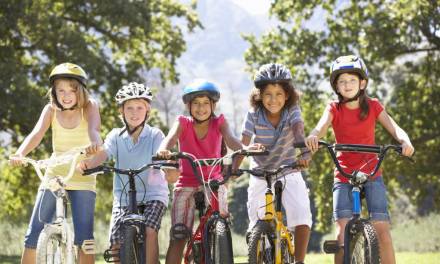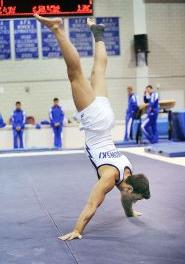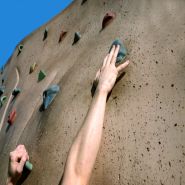In the final part of our series on getting kids moving more, we look at practical ways you can make sport more accessible.
Access to sport isn’t equal – whether it’s a lack of facilities, cost or a perceived lack of safety. Here we look at what you can do to help.
Start at school
It’s all very well having access to school facilities during PE lessons, but what about other times? Allowing students to use playing fields or a hall or classroom during break times, evenings or weekends to organise, say, a hockey match or a yoga class is a good way to encourage them to exercise outside of prescribed times.
Sharing facilities with local schools means you can make the most of what’s available in your LEA. Your swimming pool may be the envy of a nearby school, while their tennis courts bring out the green-eyed monster in you. You can also use this to encourage some friendly inter-school competition.
Get parents and other teachers involved
Opening up school facilities will require supervision – all you have to do is convince parents and colleagues to give up a couple of hours of their time every month. The more adults you can get involved the less time each will have to commit.
But do keep in mind that the more students do for themselves, the better. Organising things like booking rooms, deciding what activities to take part in and when to do them, all build confidence in kids. Giving them some control also means they can choose exercise they enjoy, meaning they’re much more likely to continue.
This goes for activities outside of school, too. You’re certain to find parents or teachers who want to share their own interests. Maybe a couple of cycling parents would like to take groups of students on bike rides or even start a bike club for all nearby schools to join.
Parents will much happier knowing their kids are under adult supervision, while the kids themselves get to exercise in a fun and safe environment.
Work with the whole community
Approach charities (e.g. UK Youth), local youth clubs, leisure centres, municipal swimming pools and businesses to see if there’s anything they can do to help. Your local authority website should have a directory of available services and facilities that you can access.
Fitness centres might be able to offer discounted entry or membership if several students join or use the facilities. Similarly, if parents can club together to bulk buy sports gear, stockists might offer savings.
A local car hire company might be able to lend a mini-bus a couple of times a month, allowing you or parent volunteers to drive students to further-afield facilities.
Remember that private companies benefit from this, too. Helping out their local schools is excellent PR for them and can help them fulfil their corporate social responsibility strategy.
Encourage non-traditional activity
Try finding alternative options to the usual school sports; nature walks in a local park or woodland, for example.
Remember ‘sporting backwater’ Tower Hamlets? The borough has since become a success. Pupils at one school are taught to kayak on dry ground using machines that resemble rowing machines, while at another indoor cricket is all the rage.
What alternative activities can you think of? Comment below with your ideas.
Rebecca has been a writer and editor for almost 20 years. She writes on a huge range of subjects, concentrating on sport, nature, mental health, and crafts.










